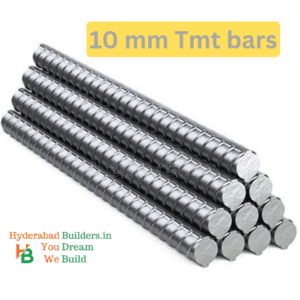
We at Hyderabad builders offer Today TMT Steel Bars Price list per kg and ton in Hyderabad. We offer various grades steel Fe-415, Fe-500, FE-550, Fe-600.we also offer in different tmt bar sizes 8MM, 10MM, 12MM, 16MM, 20MM, 25MM, 32MM, 40MM
Showing 1–2 of 4 results


Cick to Chat
Top Hyderabad Builders